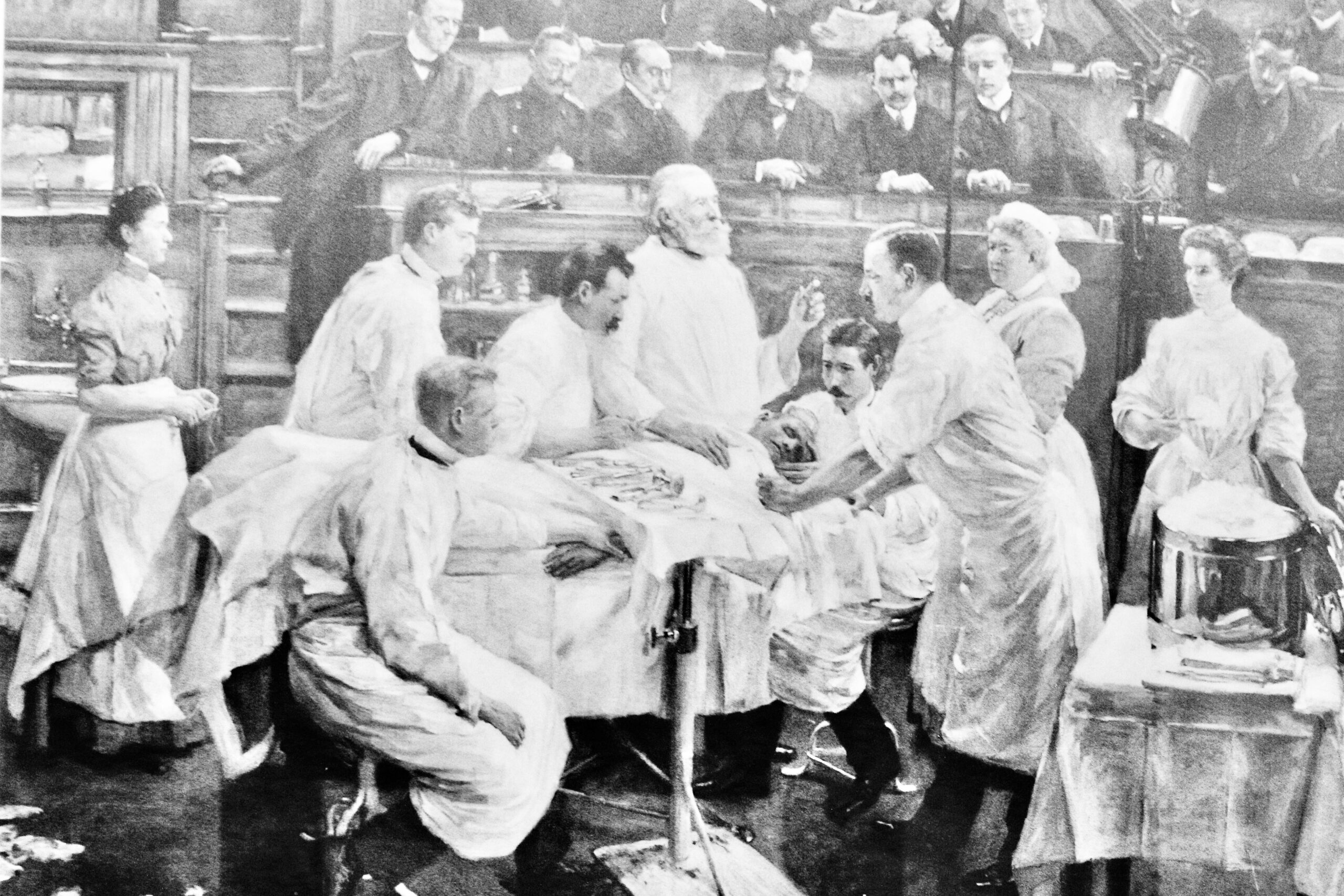Saphenion®: Stammkrampfadern kleben – schon Sauerbruch tat es.
Saphenion®: Stammkrampfadern kleben – schon Sauerbruch tat es. Seit Mitte der 20er Jahre wurden Stammkrampfadern mittels Zuckerlösungen verödet und verklebt.
Mikroschaum wird seit Beginn der 2000er auch zur Therapie der Stammkrampfader eingesetzt. Dabei ist die Idee des Verklebens von Krampfadern nicht neu: Bereits in den 20er Jahren wurden Krampfadern mit Kalorose, einer 40% Glucoselösung, verödet und verklebt.
Auch der Nestor der deutschen Verödungstherapie, Paul Linser, wechselte nach seinem Umzug nach Berlin 1924 von der Kochsalzverödung zur Verklebung mit Zuckerlösungen.
Saphenion®: Sticking varicose veins – Sauerbruch already did it. Since the mid-1920s, varicose veins have been sclerosed and glued using sugar solutions.
Microfoam has also been used to treat varicose veins since the early 2000s. The idea of gluing varicose veins is not new: as early as the 1920s, varicose veins were sclerosed and glued using calorose, a 40% glucose solution.
Paul Linser, the pioneer of German sclerotherapy, also switched from saline sclerotherapy to gluing with sugar solutions after moving to Berlin in 1924.

